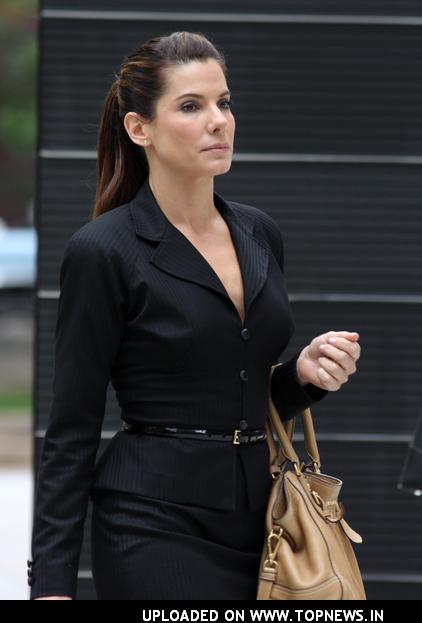

From the waist below, the dress has A-line shape. As she walks down the street after hearing the tarot card reader's ominous revelations, her skirt flutters in the wind, almost as if she is in flight. This image is reminiscent of Cleo's earlier remarks on beauty when she compares herself to a butterfly. Indeed, with the polka-dot pattern and the fluttering skirt, she resembles a beautiful butterfly flitting through the city.
The polka dot pattern was also especially popular during the 50s and the 60s. The choice of this pattern can also be reflective of Cleo's desire to cling onto the present as she contemplates her imminent death.
But ultimately, below this glamorous costume lies the question of the meaning of life. Do we live to impress others with our beauty? Does beauty mask our inner selves? The costume effectively communicates these questions.












